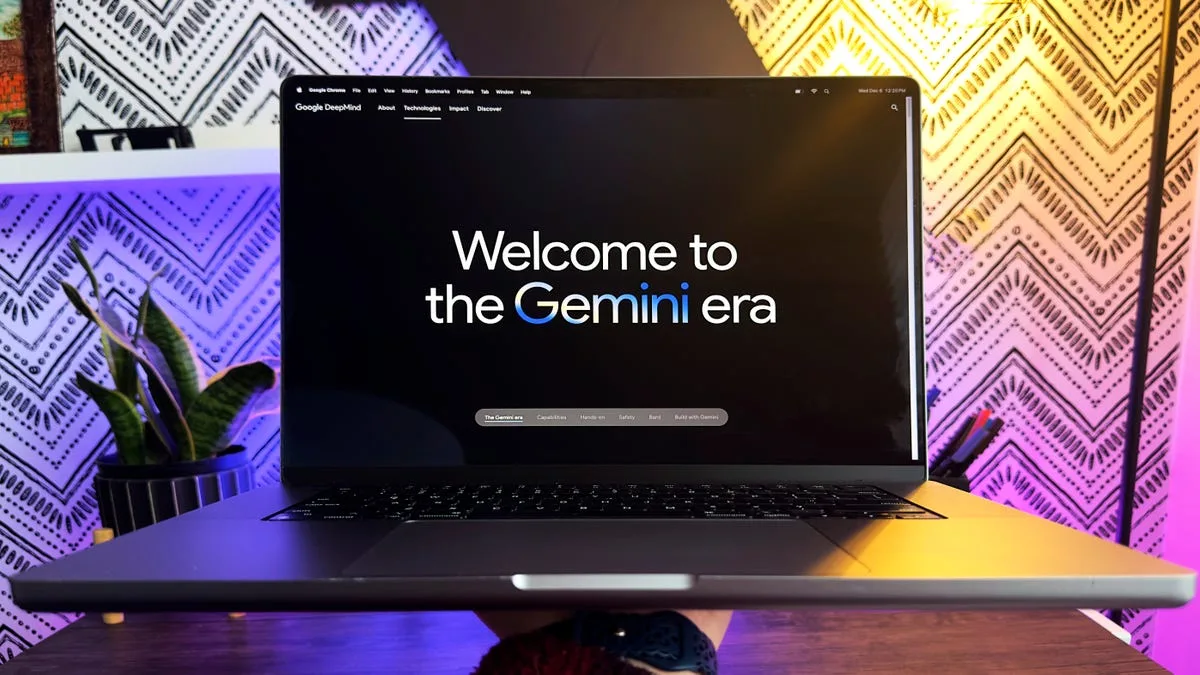<h2>This story was written by a human with help from artificial intelligence.</h2>
<p>A human researched the story, interviewed sources, and typed these words. Artificial intelligence (AI) powered web browsers that facilitated online research. It transcribed recorded interviews. It provided keywords and search engine optimization terms for the story’s digital edition. </p>
<h2>Illinois State: Fall 2023</h2>
<p>The disclaimer above hardly seemed necessary a year ago. But maybe it is in the age of ChatGPT. You may have heard of the advanced chatbot that became the fastest-growing consumer software application in history after its release last November. Able to quickly and coherently generate text based on human prompts, ChatGPT has demonstrated the power of artificial intelligence in a way easily grasped by the public. The biggest names in tech—Google, Microsoft, Apple, Adobe—have invested heavily in AI. Some of their products already include tools like ChatGPT. More are on the way. </p>
<p>“AI has been used successfully in devices for quite some time,” said Charles Edamala, Illinois State University’s chief technology officer. “What’s new, of course, is that AI is now directly available to the general public.” ChatGPT’s abilities have captured the most public attention, but comparable models with capacity to produce images, audio, and video further showcase AI’s explosive growth. Applications of the emerging technology are wide-ranging, and opinions of this new concept of “generative AI” are polarized. For some, it’s a tool that will advance society. For others, it’s a step toward human extinction. </p>
<blockquote>
<p>“Maybe it’s hyperbole, but this might be the biggest thing we’ve done since fire,” said Dr. Roy D. Magnuson, an Illinois State associate professor of Creative Technologies. Magnuson has used generative AI to develop virtual reality programs and write source code. He’s even used it to figure out family dinner plans by inputting a list of items in his refrigerator into ChatGPT. He uses the technology almost every day. </p>
<p>“It’s like an iPhone moment right now with increased computing power and ease of use,” he said. “But it may be even more tectonic than that and change the way the world works.”</p>
</blockquote>
<blockquote>
<p>“The question is: When the AI algorithm is trained on data, does it take those minority groups into account?” she posed. “Or does it learn based on the majority population?” AI also gets it wrong sometimes when neural network wires get crossed in a phenomenon known as “hallucination,” when chatbots confidently generate false responses. Ammar and others shared concerns in using AI systems to provide direction—without human validation—in situations with life-altering consequences. “We’ll continue to need human experts because of AI biases and hallucinations,” said Edamala, who used a hypothetical WebMD chatbot as an example where human fact-checking would be necessary. </p>
</blockquote>
<blockquote>
<p>“My style is one I’ve developed over the years, but it didn’t come out of nowhere. It’s a conglomeration of my favorite artists, and me taking their styles and incorporating them into my own,” Mahle said. “And I don’t know if that’s really all that different than what’s happening here.” Those gray areas may give rise to a legal specialty as regulation of AI plays out in courtrooms. Professor and Director of Creative Technologies Rose Marshack draws a parallel between what’s happening now and the advent of filesharing in the late 1990s with programs like Napster. “I was putting out records on a major label when people became able to trade MP3s, and I still functioned in the music industry for many more years,” said Marshack, a founding member of the indie rock band Poster Children. “I researched carefully, understood the landscape, and I adapted.”</p>
</blockquote>
<p>Higher education is quickly learning the importance of adaptability as it responds to the fast-moving technology. Illinois State has no codified academic policy on generative AI; instead, the University’s Center for Integrated Professional Development has curated a faculty guide offering tips on course design discouraging generative AI contrasted by advice on learning experiences that integrate it. </p>
<p>“If we ignore it and pretend it’s not happening, our students will come out behind students at other institutions that are embracing it and using it in teaching and learning,” said Dr. Craig Gatto, Illinois State associate vice president for academic administration. Many departments at Illinois State are welcoming the technology. “AI presents a once-in-a-lifetime opportunity for us to empower students by amplifying their analytical and communication skills,” said College of Business Dean Ajay Samant. “The possibilities that AI brings for learning success and career success are endless.” Unethical use of generative AI in course work at Illinois State is subject to the University’s academic integrity policy. But there is consensus—at least, among faculty sources… </p>







